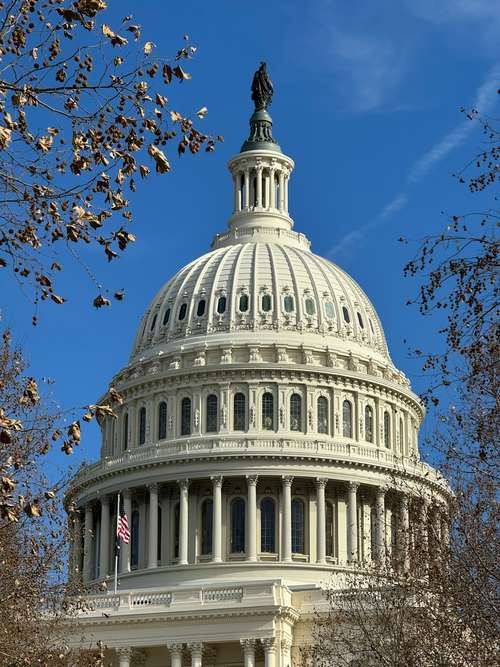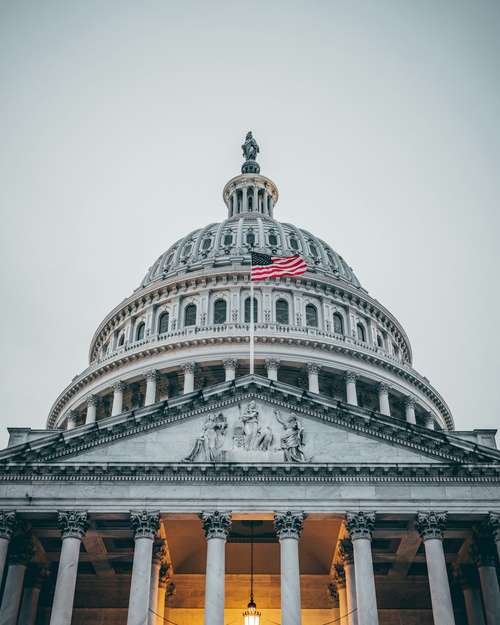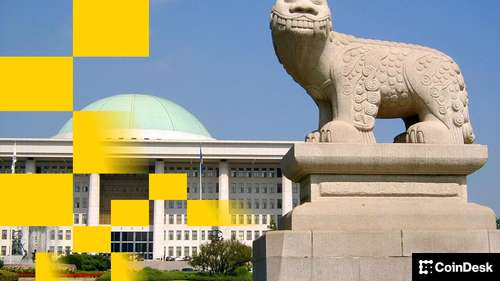Tether, the issuer of the world's largest stablecoin, USDT, has recently announced that it will not be launching its own blockchain. This decision has sparked discussions in the crypto community, as many were worried about the potential impact of such a move. Let's look into the reasons behind this decision and what it means for Tether and its users.
Why Tether Decided Against Its Own Blockchain
Tether's CEO, Paolo Ardoino, explained that the decision was influenced by several factors. One of the main reasons is market saturation. The blockchain space is already crowded with many established and emerging platforms. Ardoino mentioned that launching a new blockchain might not be the best move since there are already "very good blockchains" available.
Another reason is the commoditization of blockchain technology. Many blockchains offer similar functionalities, making it challenging to differentiate a new one. Tether believes that it can achieve its goals by leveraging existing blockchains rather than creating one.
Does Tether Have Its Own Blockchain?
Given Tether's recent decision, it's clear that Tether does not have its own blockchain. Instead, Tether operates on multiple existing blockchains, including Ethereum, Tron, and Solana, among others.
Despite abandoning its blockchain plans, Tether is not slowing down its expansion efforts. The company has been actively integrating USDT onto various blockchains to ensure widespread accessibility and lower transaction costs. Recently, Tether announced the launch of USDT on the Aptos Network, a move aimed at reducing transaction fees and improving scalability. This integration is part of Tether's broader strategy to make USDT more efficient and user-friendly.
Ardoino emphasized that Tether views blockchains as "transport layers" for USDT. By using various blockchains, Tether can provide users with a seamless and efficient experience without the need to develop and maintain its own blockchain.
Tether has also introduced a dirham-backed stablecoin in partnership with Phoenix Group and Green Acorn Investments of the UAE. Users will have access to AED advantages via this new stablecoin, which is entirely backed by liquid reserves domiciled in the UAE. As the United Arab Emirates (UAE) gains recognition as a major center for cryptocurrency, Tether is expanding into non-dollar stablecoin offerings in an effort to capitalize on this trend.
What This Means for Tether Users
For Tether users, this decision means that they can continue to use USDT on their preferred blockchains without any disruptions. Tether's commitment to leveraging existing blockchains ensures that users will benefit from the latest advancements in blockchain technology without the risks associated with launching a new platform.
Additionally, Tether's focus on existing blockchains allows the company to allocate resources to other areas, such as improving the security and stability of USDT and exploring new use cases for stablecoins.
Final Insights
Tether's decision to cancel plans for its own blockchain is a strategic move to stay competitive in a crowded market. Tether wants to continue to provide a reliable and efficient stablecoin experience for its users by leveraging existing blockchains. This approach not only ensures the stability and security of USDT but also allows Tether to focus on innovation and growth in other areas.




